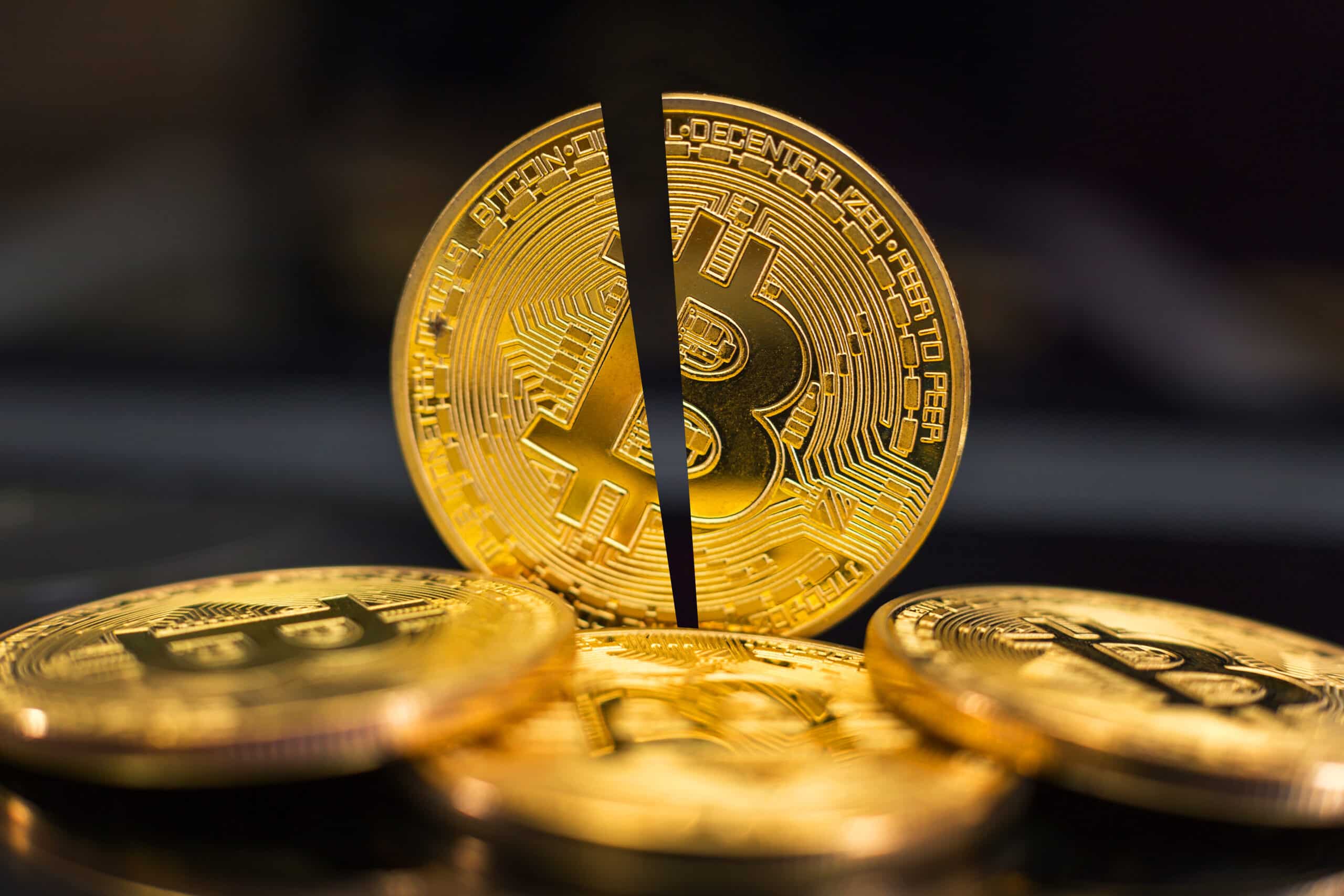Bitcoin’s fourth halving — a reduction in the supply of new coins that occurs every 210,000 blocks, or roughly every four years — is set to take place on April 19.
Many think the price will surge after the event (due to lower supply and higher demand) – a pattern that has been consistent in the past, according to a recent Coinbase research report.
“Bitcoin gained an average of 61% in the six months leading up to prior halvings, and rose an average of 348% in the six months after halving,” the report states. “But…it’s clear that not all halvings are created equal.”
Read more: Should You Sell Bitcoin Now That It’s Nearing Its All-Time High?
April’s event is unprecedented because it will be the first time ever that bitcoin has surged to a new record high mere weeks before its pre-programmed reduction.
The digital asset’s price peaked at almost $74,000 on March 14, after languishing for almost two years during which time the U.S. economy weathered record inflation, stock market underperformance, and a succession of bankruptcies that decimated the crypto industry to the tune of billions.
Things turned around, however, when investment behemoth BlackRock filed for a bitcoin (BTC) spot ETF with the U.S. Securities and Exchanges Commission (SEC) on June 15, 2023. Other brand name investment management firms such as Fidelity, Invesco, and Franklin Templeton also filed, resulting in a historic moment on January 10, 2024, when a total of 11 bitcoin ETFs were approved.
Read more: There Are Now 11 Spot Bitcoin ETFs. Here’s the One That’s Best for You
The ensuing institutional demand catapulted BTC prices to record levels, leaving some to wonder if the halving event has already been priced into bitcoin’s current valuation, or – as with past halvings – more upside is yet to come.
Bitcoin’s price now stands at around $65,500 after falling about 5% in the early hours of the day UTC on Tuesday.
Crunching the Numbers
According to Coinbase’s report, bitcoin saw a 139% price increase six months before the network’s first halving in November 2012. Incredibly, the asset shot up by another 923% six months afterwards.
The next two halvings in July 2016 and May 2020 experienced relatively moderate gains six months before and after each halving – 46% and 37%, respectively, for the 2016 event, then a drop of 2% followed by an appreciation of 82% for the 2020 halving.
Currently, BTC has seen stellar performance, rallying 157% since mid-October 2023, the report states. Will the upcoming six-month post-halving period see similar or even higher gains?
Popular entrepreneur and bitcoin investor, Lark Davis, who boasts over a million followers on X, acknowledged the uniqueness of this year’s event, but also expects a repeat of the cryptocurrency’s historical post-halving appreciation, which he predicts will eventually buoy the asset’s price well into six-figure territory.
“We are in unprecedented territory right now,” Davis told Unchained. “We are likely going much higher this cycle. The Bitcoin halving is just a pitstop on the journey up.” He noted that if bitcoin can hit a cycle high of $150,000 to $250,000, then “there is still good upside to come.”
While some experts are confident bitcoin’s price will continue climbing after the halving, the Coinbase report is quick to point out that past performance is not indicative of future results.
“While it’s possible that the halving could have a positive impact on bitcoin’s performance, there’s still only limited historical evidence about this relationship, making it somewhat speculative,” the report states.
That said, the Coinbase report also notes that the cryptocurrency’s behavior in this current cycle is most similar to what happened between 2018 and 2020 when “bitcoin gained 500% from its cycle low,” suggesting an upswing may potentially be in the cards given that bitcoin is currently about 300% above its cycle low.
Read more: Traders Caught Off Guard as Bitcoin Rebounds to $70,000
Two Buying Opportunities?
Pseudonymous crypto trader and analyst who goes by the username “Rekt Capital” on X, not only expects a post-halving upswing, but a significant one. He told Unchained that there are only two buying opportunities left for bullish investors.
The first one is buying any dip before the halving, although he admits that ship may have already sailed. After the record high on March 14, BTC fell nearly 18% on March 19, but it subsequently recovered until Tuesday morning’s dip.
“This opportunity may have passed, though it still stands if any dips still occur in the pre-halving period,” he explained.
The second buying opportunity, according to the analyst, will be during what he calls the post-halving “re-accumulation phase,” a period of lower volatility where investors have the opportunity to buy an asset before a significant surge in price.
“If bitcoin retraces and/or moves sideways after the halving, that would be the last multi-week bargain-buying period before the post-halving parabolic rally begins,” he said.
Given that April’s halving represents a 50% reduction in new supply at a time when bitcoin is experiencing unprecedented institutional demand, the pundits may indeed be onto something.
“Long-term investors who are bitcoin-focused still have a good risk-reward for buying,” Davis said. “[But] certainly not as good as it was six months ago.”
UPDATE (April 2, 1:09 p.m. ET): Updated with Tuesday’s early morning dip in the price of bitcoin.



